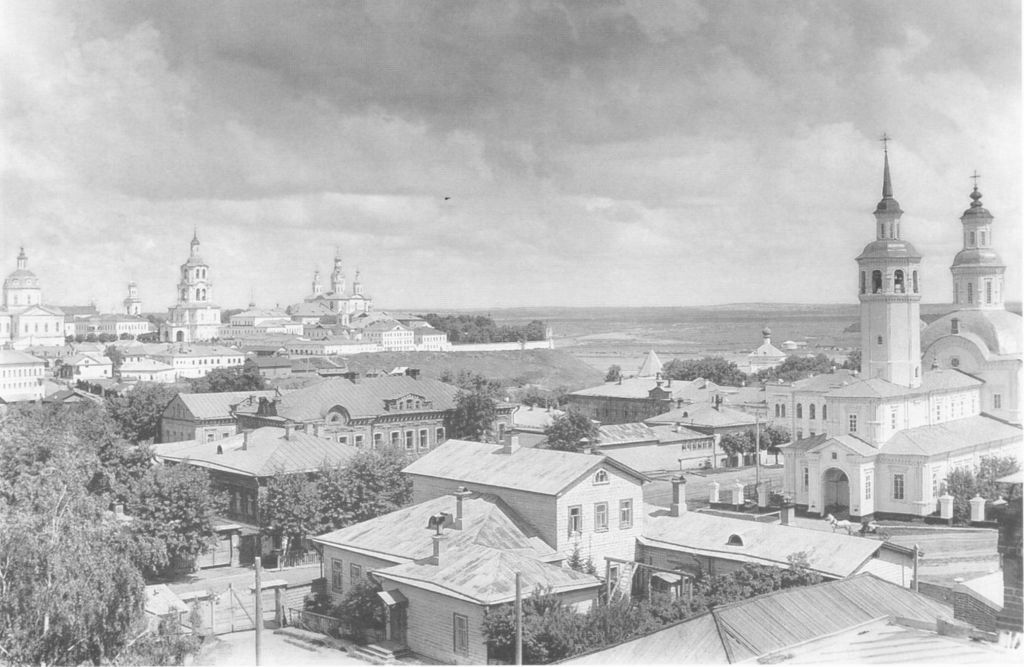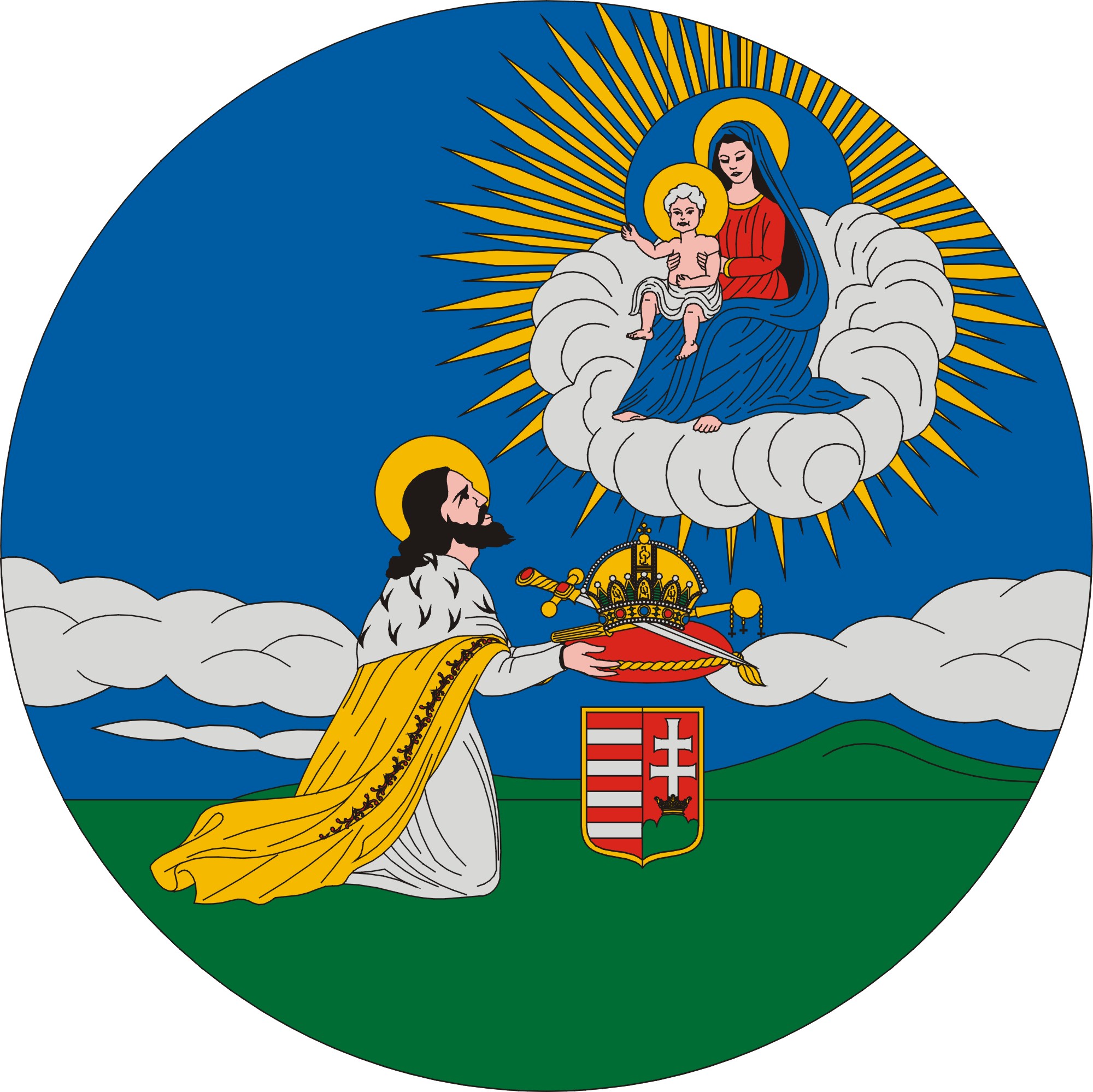|
Kirov Railway Station
Kirov Railway Station is the primary passenger railway station for the city of Kirov in Russia and an important stop along the Trans-Siberian Railway. Trains Major domestic routes * Moscow — Vladivostok * Moscow — Beijing * Moscow — Ulaanbaatar * Moscow — Perm * Moscow — Novy Urengoy * Moscow — Khabarovsk * Novosibirsk — Minsk * Moscow — Ulan Ude * Kirov — Saint Petersburg * Adler — Vorkuta Vorkuta (russian: Воркута́; kv, Вӧркута, ''Vörkuta''; Nenets for "the abundance of bears", "bear corner") is a coal-mining town in the Komi Republic, Russia, situated just north of the Arctic Circle in the Pechora coal basin at ... International routes References Railway stations in Kirov Oblast Trans-Siberian Railway Railway stations in the Russian Empire opened in 1899 1899 establishments in the Russian Empire Gorky Railway {{Russia-railstation-stub ... [...More Info...] [...Related Items...] OR: [Wikipedia] [Google] [Baidu] |
Kirov, Kirov Oblast
Kirov ( rus, Ки́ров, p=ˈkʲirəf, a=Ru-Киров.ogg) is the largest city and administrative center of Kirov Oblast, Russia. It is located on the Vyatka River in European Russia, 896 km northeast of Moscow. Its population was 518,348 in 2020. Kirov is a historical, cultural, industrial, and scientific center of Priural'e (territory on the west side of the Ural Mountains); place of origin for Dymkovo toys; the most eastern city founded during the times of Kievan Rus'. The city also had the names of Khlynov (, from 1457 to 1780), and Vyatka (, until 1934). History Principality and republic The native Slavic tribe of Central Russia and Volga regions, the Vyatichis (also called Viatichi), mixed here with the Novgorod Slavs, Novgorodian Slovenes and Finno-Ugric languages, Finno-Ugric people. According to the medieval chronicles the first Russian settlements in the area appeared in 12th century. Kirov itself was first mentioned (as Vyatka) for the first time i ... [...More Info...] [...Related Items...] OR: [Wikipedia] [Google] [Baidu] |
Vorkuta
Vorkuta (russian: Воркута́; kv, Вӧркута, ''Vörkuta''; Nenets for "the abundance of bears", "bear corner") is a coal-mining town in the Komi Republic, Russia, situated just north of the Arctic Circle in the Pechora coal basin at the river Vorkuta. In 2010 its population was 70,548, down from 84,917 in 2002. Vorkuta is the fourth largest city north of the Arctic Circle and the easternmost town in Europe. It is also the coldest city in all of Europe, boasting a record cold temperature of −52 °C (−61 °F). Vorkuta's population has dropped steadily since the fall of the Soviet Union, when mines were privatized and many people began moving farther south. Many of the mines have been abandoned and by September 2020, the city's estimated population was only about 50,000. A report in March 2021 described the villages in the area as "ghost towns" with many "abandoned structures". History In 1930 the geologist Georgy Chernov (1906–2009) discovered subst ... [...More Info...] [...Related Items...] OR: [Wikipedia] [Google] [Baidu] |
Brest-Tsentralny Railway Station
Brest-Tsentralny is the main railway station of Brest, Belarus. History The first building of the Brest station was built in 1886, and opened on 28 May in the presence of Emperor Alexander III. It was built in the form of "medieval castle" with four water towers. The station was equipped with water heating. In the halls for passengers of the 1st and 2nd classes have parquet floors, 3rd class — plank, utility room — asphalt. Soon the station became the first in Russian Railways, have electric lighting — 160 light bulbs of 20 candles appeared in the halls and on platforms and 12 lights on 50 of candles lit up the station square. In 1915, during the First world war, the station building was destroyed by the retreating Russian troops. The Polish authorities have constructed a new building. Visited Brest in 1949, Marshal Kliment Voroshilov, has contributed to the adoption of the decision on reconstruction of the station, which was held in 1953-1957.Railway stations of USSR. Сп ... [...More Info...] [...Related Items...] OR: [Wikipedia] [Google] [Baidu] |
Minsk Railway Station
Minsk-Pasažyrski ( be, Мінск-Пасажырскі, russian: link=no, Минск-Пассажирский) is the main passenger railway station in Minsk, Belarus. It is located in the centre of Minsk. It is sometimes called ''Minsk Ploshchad Lenina'' due to the metro station serving the terminal, or simply ''Minsk''. History The station was built in 1873 as ''Vilenski vakzal'', ''Vilnius station'' ( be, Віленскі вакзал russian: link=no, Виленский вокзал). The initial wooden building was demolished in 1890 and rebuilt in stone. During World War II, Minsk railway station was completely destroyed. It was rebuilt in 1945–1946 and served until 1991. The new building of Minsk-''Passazhyrski'' railway station was built in 1991–2002. Its construction was delayed for financial difficulties. However, now Minsk has one of the most modern and up-to-date railway stations in the CIS. There are plans to move all suburban rail traffic from Minsk-''Passazhyrsk ... [...More Info...] [...Related Items...] OR: [Wikipedia] [Google] [Baidu] |
UBTZ
UBTZ (Ulaanbataar Railway Bureau, mn, Улаанбаатар төмөр зам, УБТЗ ''Mongolyn tömöt zam''; ) is Mongolia's national railway operator. It was established in 1949 as a joint venture between the Mongolian People’s Republic and the Soviet Union. The company is jointly owned by the Mongolian and Russian government, with each having a 50% stake. Luvsandagva Purevbaatar is the company's chairman since December 2014. The infrastructure of UBTZ consists of 1,815 km of broad gauge A broad-gauge railway is a railway with a track gauge (the distance between the rails) broader than the used by standard-gauge railways. Broad gauge of , commonly known as Russian gauge, is the dominant track gauge in former Soviet Union (CIS ... lines. UBTZ employs 14,046 people, owns 110 locomotives and about 3,000 wagons. The UBTZ network consists of two main lines: * the Sukhbaatar-Zamyn-Üüd line, running north to south; * the Ereentsav- Choibalsan line. References {{refl ... [...More Info...] [...Related Items...] OR: [Wikipedia] [Google] [Baidu] |
Erdenet
Erdenet ( mn, Эрдэнэт, literally "with treasure") is the third-largest city in Mongolia, with a 2018 population of 98,045, and the capital of the aimag (province) of Orkhon. Located in the northern part of the country, it lies in a valley between the Selenge and Orkhon rivers about (as the crow flies) northwest of Ulaanbaatar, Darkhan, the capital. The road length between Ulaanbaatar and Erdenet is about . History Erdenet, one of the youngest settlements in Mongolia, was founded in 1974Michael Kohn: ''Mongolia'', p. 142, London (2008) in an area where large deposits of copper had been discovered in the 1950s. A single-track railway line with a length of linking Erdenet to the Trans-Mongolian Railway was inaugurated in 1977. In the middle of the 1980s, more than 50% of the inhabitants were Russians working as engineers or miners. After the fall of Soviet Communism in 1990, however, most Russians left Erdenet. Today, about 10% of the population is Russian. Erdenet Mini ... [...More Info...] [...Related Items...] OR: [Wikipedia] [Google] [Baidu] |
Ulaanbaatar Railway Station
Ulaanbaatar ( mn, Улаанбаатар өртөө) is the main railway station of Ulaanbaatar, the capital of Mongolia. The station is the center of regional and international traffic in Mongolia, and is the largest station in the country. The Trans-Mongolian Railway passes through the station. History The station was opened in 1949. In 2014 it became the main terminal of the Ulaanbaatar Railbus. Trains Media File:Leaving Ulan Bator station.webm File:ULAAN_BAATAR_Station.jpg File:Ulan_Bator_railway_station_2008_1.JPG File:Ulaanbaatar_railway_station.jpg References External links Official website of Mongolian Railway {{DEFAULTSORT:Ulaanbaatar Train Station Railway stations in Mongolia Train station A train station, railway station, railroad station or depot is a railway facility where trains stop to load or unload passengers, freight or both. It generally consists of at least one platform, one track and a station building providing s ... Articles containing ... [...More Info...] [...Related Items...] OR: [Wikipedia] [Google] [Baidu] |
China Railway
China State Railway Group Company, Ltd., doing business as China Railway (CR), is the national passenger and freight railroad corporation of the People's Republic of China. China Railway operates passenger and freight transport throughout China with 18 regional subsidiaries. By September 2022, the total assets of China Railway Group are CNY 9.06 trillion (USD 1.24 trillion). History Under the Chinese Corporate Law, China Railway Corporation was reorganized into China State Railway Group Co., Ltd. on June 18, 2019, instead of Industrial Enterprises Owned by the Whole People. This meant the Ministry of Finance would act as an investor on behalf of the state and the company would be led by a board and managed by board-chosen executives. Logo The China Railway logo was designed by Chen Yuchang () (1912–1969), officially adopted on 22 January 1950. The whole logo represents the front of a locomotive. The upper part of the logo represents the Chinese character 人 (people), ... [...More Info...] [...Related Items...] OR: [Wikipedia] [Google] [Baidu] |
Mongolia
Mongolia; Mongolian script: , , ; lit. "Mongol Nation" or "State of Mongolia" () is a landlocked country in East Asia, bordered by Russia to the north and China to the south. It covers an area of , with a population of just 3.3 million, making it the world's most sparsely populated sovereign nation. Mongolia is the world's largest landlocked country that does not border a closed sea, and much of its area is covered by grassy steppe, with mountains to the north and west and the Gobi Desert to the south. Ulaanbaatar, the capital and largest city, is home to roughly half of the country's population. The territory of modern-day Mongolia has been ruled by various nomadic empires, including the Xiongnu, the Xianbei, the Rouran, the First Turkic Khaganate, and others. In 1206, Genghis Khan founded the Mongol Empire, which became the largest contiguous land empire in history. His grandson Kublai Khan conquered China proper and established the Yuan dynasty. After the co ... [...More Info...] [...Related Items...] OR: [Wikipedia] [Google] [Baidu] |
Beijing Railway Station
Beijing railway station (), or simply Beijing station (), is a passenger railway station in Dongcheng District, Beijing. The station is located just southeast of the city centre inside the Second Ring Road with Beijing Station Street to the north and the remnants of the city wall between Chongwenmen and Dongbianmen to the south. The Beijing railway station opened in 1959 and was the largest train station in China at the time. Though superseded by the larger Beijing West and Beijing South stations, this station remains the only one located inside the old walled city. Trains entering and leaving the station pass by the Dongbianmen corner tower. With gilded eaves and soaring clock towers, the architecture of the railway blends traditional Chinese and socialist realist influence. Generally, trains for northeast China ( Shenyang, Dalian, Harbin) on the Beijing–Harbin railway, for Shandong ( Jinan, Qingdao) and the Yangtze River Delta (Shanghai, Nanjing and Hangzhou) on t ... [...More Info...] [...Related Items...] OR: [Wikipedia] [Google] [Baidu] |
Tumangang Station
Tumangang station is a railway station in Tumangang-rodongjagu, Sŏnbong, Rasŏn Special City, North Korea, on the Hongŭi Line of the Korean State Railway.Kokubu, Hayato, 将軍様の鉄道 (Shōgun-sama no Tetsudō), In 2008, construction was started from Khasan, Russia to Rajin port, including modernisation of communications equipment and the conversion of the standard-gauge track to dual-gauge (standard and Russian gauges), to allow movement of trains from Russia to Rajin without stopping for bogie changes. Construction was completed in October 2012, and an opening ceremony was held on 22 September 2013. There are service facilities for locomotives and rolling stock at Tumangang station.The traffic and geography in North KoreaHambuk Line(in Korean) Services Freight Tumangang station is the primary transit point for trade with Russia. The main imports from Russia are timber and crude oil; the main exports are magnesite, steel, fertiliser, non-ferrous metals and non-fer ... [...More Info...] [...Related Items...] OR: [Wikipedia] [Google] [Baidu] |



.jpg)